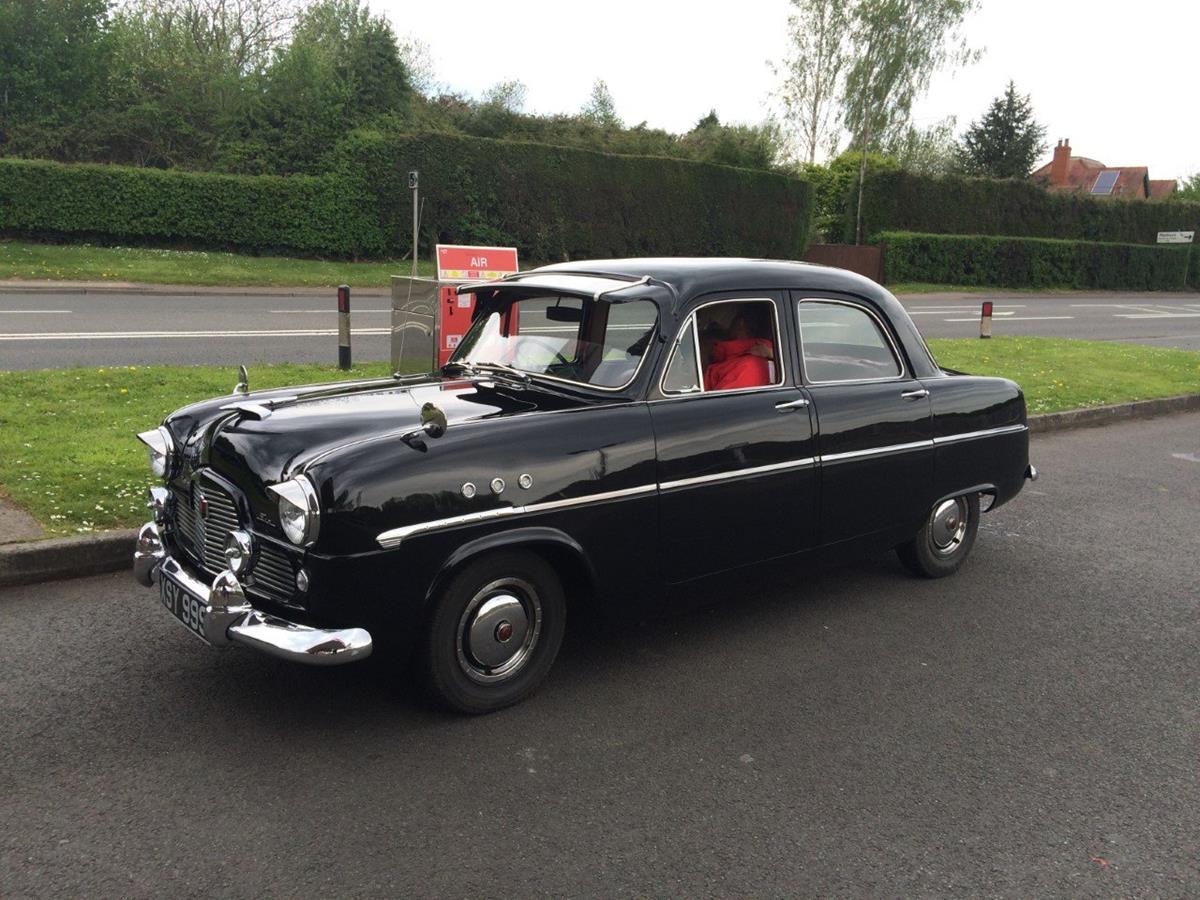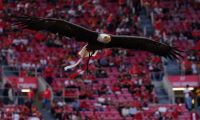
The Ford Zephyr is a car manufactured by Ford of Great Britain from 1950 to 1972. Initially, the four-cylinder version was named Ford Consul, but since 1962 the four- and six-cylinder versions were named Zephyr, the Consul's name was. discontinued in this line of cars.
The Zephyr and its luxury variants, the Ford Zodiac and the Ford Executive, were the largest passenger cars in the British Ford range from 1950 until their replacement by the Consul and Granada models in 1972.
The Mark I Ford Consul and Zephyr models were first exhibited at the Earls Court Motor Show in 1950. They were the first British cars to use mass-produced MacPherson Strut independent front suspension today. Production began with the consul on January 1, 1951.
The Mark I model worked until 1956. From April 1956, Consul Mark II, Zephyr and Zodiac went on sale and were known as the Three Graces. The Mark II line was popular and ended its race in 1962 when, from April of that year, the Mark III Zephyr 4, Zephyr 6 and Zodiac went on sale.
The consul's name was removed, the place of the car in the Ford UK line being filled by the first four-cylinder Ford Zephyr.
While the Zephyr and Zodiacs Mark II had shared the same body (the Consul had shorter front guards and bulkheads), the new Zodiac and Zephyrs launched in 1962 shared few body panels. With the Mark III, Ford finally solved the problems that had affected previous models (the Mark I axles and Mark II gearboxes were weaknesses) and the Mark III proved to be popular and the most durable in the line.

The model sold at a rate equal to or better than Mark II in the UK and abroad, but was in production for a shorter time. During the last months of production, an executive market release was added to the Mark III line. The Mk III line was discontinued in January 1966 and the new Zephyr / Zodiac Mark IV line was launched in April 1966. The design of this car anticipated the latest Consul / Granada line with V engines and independent rear suspension, but the development of the model was rushed and this was reflected in its durability. It was one of the first mid-priced cars to feature rear disc brakes.
Although the Ford Zephyr has never seen American production, a very limited number have been imported into the US and its name has appeared on other American Ford-related cars. The first use of the Zephyr name was in 1936, with the Lincoln-Zephyr, a smaller companion of the commercial-size Lincoln sedan sold at the time, followed in the late 1970s with the Mercury Zephyr, a sophisticated version of the Ford Fairmont. The name Lincoln Zephyr was revived for a new model in 2006, but was changed to Lincoln MKZ the following year.

O Mark 1
The first of the Zephyr line was an elongated version of the 1,508 cc (92 cu in) four-cylinder Consul, with a six-cylinder 2,252 cc (138 cu in) engine producing 68 hp (51 kW). Like the consul, the Zephyr came with a three-speed gearbox, controlled by a column-mounted lever. The front suspension design employed what would later be known as MacPherson brackets [4], while a more conventional rear suspension configuration used an active axle with semi-elliptical springs. The car could reach just over 130 km / h and 23 mpg.
The Ford Zephyr Six was available with a 4-door saloon, convertible body and two doors. The convertible version was manufactured by Carbodies and had a motorized hood; the estate car was from the Farnham Abbotts and was sold as Farnham.

In addition to Ford's main British factory in Dagenham, Consul and Zephyr were assembled at Ford New Zealand's Seaview factory in Lower Hutt from CKD kits. The big Ford competed with the locally built Vauxhall Wyvern and Velox, and later with Australian Holden. When newly crowned Queen Elizabeth II visited New Zealand as part of a Commonwealth tour in the early 1950s, she was seen watching Zephyrs being built at the local Ford factory.
In 1953, a Ford Zephyr Six driven by Maurice Gatsonides won the Monte Carlo rally, placing a Jaguar Mark VII in second place in the process. Two years later, a Ford Zephyr Six driven by Vic Preston (Snr) and D P Marwaha won the East African Safari.
A salon tested by The Motor magazine in 1951 had a top speed of 128.4 km / h and was able to accelerate from 0 to 60 km / h in 20.2 seconds. It has a fuel consumption of 23.7 miles per imperial gallon (11.9 L / 100 km; 19.7 mpg-US). The test car cost £ 842, including tax, but was fitted with an optional leather trim, heater and radio.













































 LINKS E SITES IMPORTANTES
LINKS E SITES IMPORTANTES


